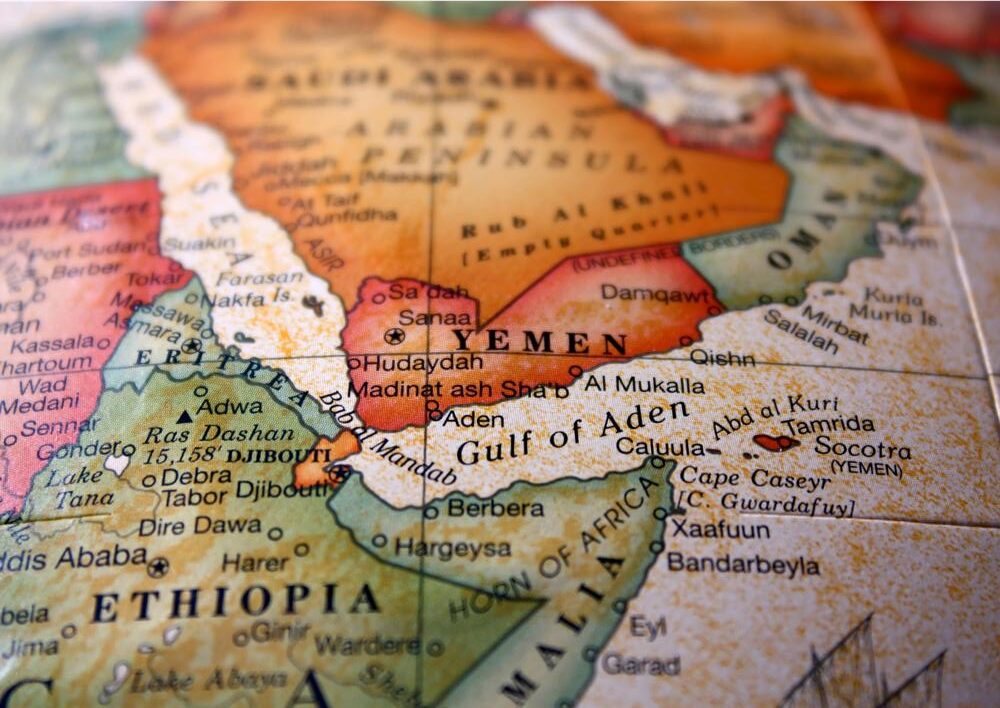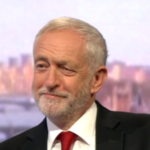
In response to the ongoing conflict in the Middle East, the Houthis have been targeting international maritime vessels passing through the Red Sea. The US and the UK, in an attempt to keep the Red Sea trade routes open, have launched air and missile strikes on Houthi-controlled areas of Yemen to prevent the Houthis from carrying out more attacks. In their bid to protect the “free flow of commerce,” the US has been targeting storage sites and Houthi missile capabilities using missiles costing millions of dollars; contrarily, the Houthis have been using low-tech missiles and drones designed in Iran in their attacks that cost significantly less.
A good example of asymmetric defence costs is the Saudi Arabian tactic of shooting down drones using US AIM-120 Advanced Medium Range Air-to-Air Missiles (AMRAAMs) worth $650 million. While effective at preventing drone attacks, the steep costs contrast starkly with Houthi’s low-tech aircraft that cost only thousands of dollars. The Houthis’ drones include the long-range Samad series, built with commercial electronics costing only mere tens of thousands of dollars, and what the Houthis term Rased (a rebranded Skywalker X8 hobby drone), which can be bought online for $150. This means the Houthis are imposing massive costs that make this defence strategy appear inefficient and give the Houthis an economic advantage.
So why did the strikes go ahead?
The US and the UK have decided the asymmetric costs of combating the Houthis are worth the alternative costs of world trade. Before the attacks, trade vessels passing through the Suez Canal accounted for 15%. As the world’s busiest shipping lane, the Houthi attacks threatened to have a devastating impact on the worldwide economy. If trade vessels must be diverted around South Africa, this raises shipping costs and has the potential to cause inflation shocks.
This meant the US and the UK were faced with a dilemma: take on the incredibly costly ‘whack a mole’ type approach to neutralize the Houthis or allow world trade to take a significant hit economically, thereby damaging the global economy. While difficult diplomatic negotiations go on behind the scenes, world trade routes must be kept open to avoid the painful economic repercussions. In a globalized free market economy, a disruption in trade has the potential to impact everyone, and it is imperative to keep costs down.
It seems the asymmetric costs involved with fighting cheap drones with sophisticated high-specification anti-air weaponry are outweighed by the global economic costs if Suez is no longer a viable route for maritime trade. The driving force of these expenses is the far greater cost of not doing so.
So, while these attacks appear expensive on paper when the US and the UK have put it into the context of the cost of Red Sea trade, they have concluded it is economically worth it.
Image, “Map of Yemen”, from Jean Ursula, Getty Images.



Average Rating